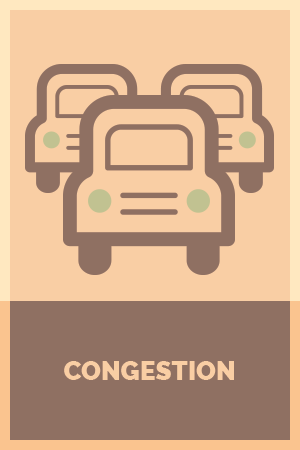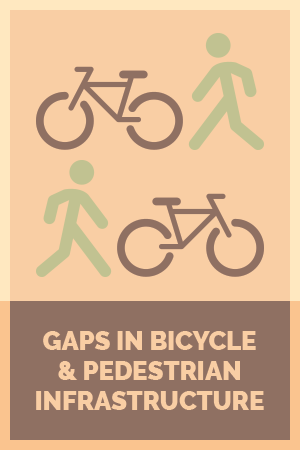Would you like to visit – or move to – a place that is consistently listed as one of the “best” for recreation, wineries, or fly fishing? What about a place known for its safe drivers and caring and happy people? Or, maybe a place that is “best” for young professionals, active families, or retirees? The place that matches all of these is the Treasure Valley, which consistently appears on a multitude of “best places” lists.
Transportation is a key ingredient to making these experiences as rewarding as possible and continuing to bring visitors – and the money they spend – into the valley.
Tourism is Idaho’s third largest industry, behind agriculture and technology. In southwest Idaho, tourism employs over 13,000 people and generates $1.4 billion in traveler spending.






